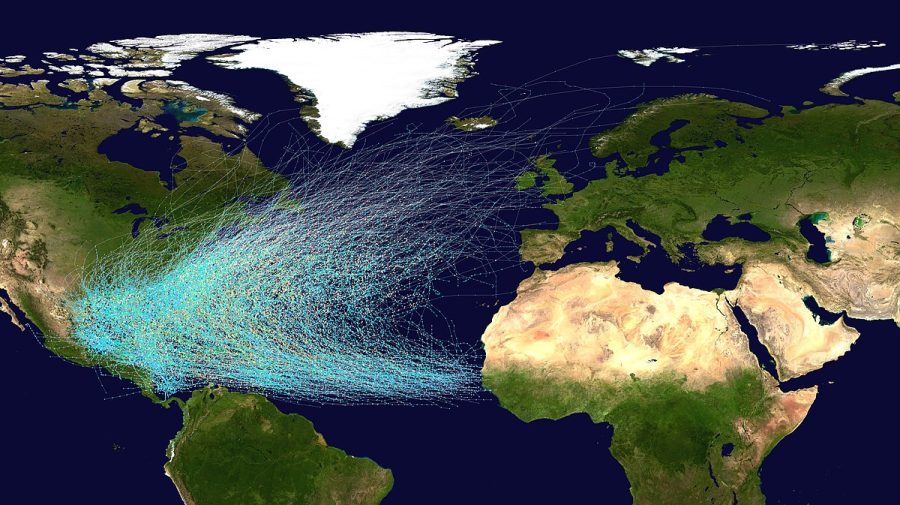Hurricane Alley; How Will We Stay Prepared?
Hurricane Alley is an area of warm water in the Atlantic Ocean stretching from the west coast of northern Africa to the east coast of Central America and Gulf Coast of the Southern United States. Many hurricanes form within this area. The sea surface temperature of the Atlantic in Hurricane Alley has grown slightly warmer over the past decades.[1
Headlines on Hurricane Ian.
It is evident that storms are getting stronger and bigger. Last month the 5th largest Hurricane to make landfall in US History was named Ian. It was was the largest hurricane in Florida’s history and it struck major population centers across central Florida. Hurricane Alley isn’t going away and its targets are only growing more vulnerable with the growing populations and the effects of climate change.
Hurricane Ian caused at least 147 fatalities with 5 people in Cuba, 136 in Florida, 5 in North Carolina, and 1 in Virginia as of October 24, according to local officials. Ian caused catastrophic damage with losses estimated to be more than over 50 billion.
https://www.nbcnews.com/news/us-news/live-blog/hurricane-ian-live-updates-rcna49927
The History of Ian: LINK
https://abcnews.go.com/US/video/sanibel-island-devastated-hurricane-ian-90704863
What Is a Hurricane?
A Hurricane is a large rotating storm with high speed winds forming over warm waters in tropical areas.
Hurricanes have three main parts, the calm eye in the center, the eyewall where where the winds and rains are the strongest, and the rain bands which spin out from the center and give the storm its size. Link
Most Atlantic Hurricanes Originate hot air masses coming off the Sahara Desert. Hurricanes form when warm moist air over water begins to rise. The rising air is replaced with cooler air. The process continues growing into large clouds & thunderstorms. These life cycles may run their course in as little as a day or last long as a month.
The Hurricane season is typically around every first of June until the 30th of November. With most activity occurring between mid-August and mid-October. In the Pacific Ocean, hurricanes are generally known as typhoons. In the Indian Ocean they are called tropical cyclones. The man who first gave names to hurricanes was an Australian weather forecaster named C. Wragge in the early 1900s.
How does the Federal Government respond to the threat of Hurricanes ?
A central promise of the Federal government is to “promote the general welfare” of all citizens. Hurricanes threaten the well being of anyone in their path. The Federal Emergency Management Agency https://www.fema.gov/ serves as the major coordinating agency of the federal government to “promote the general welfare” in the aftermath of hurricanes and other natural disasters.
https://en.wikipedia.org/wiki/Atlantic_hurricane

